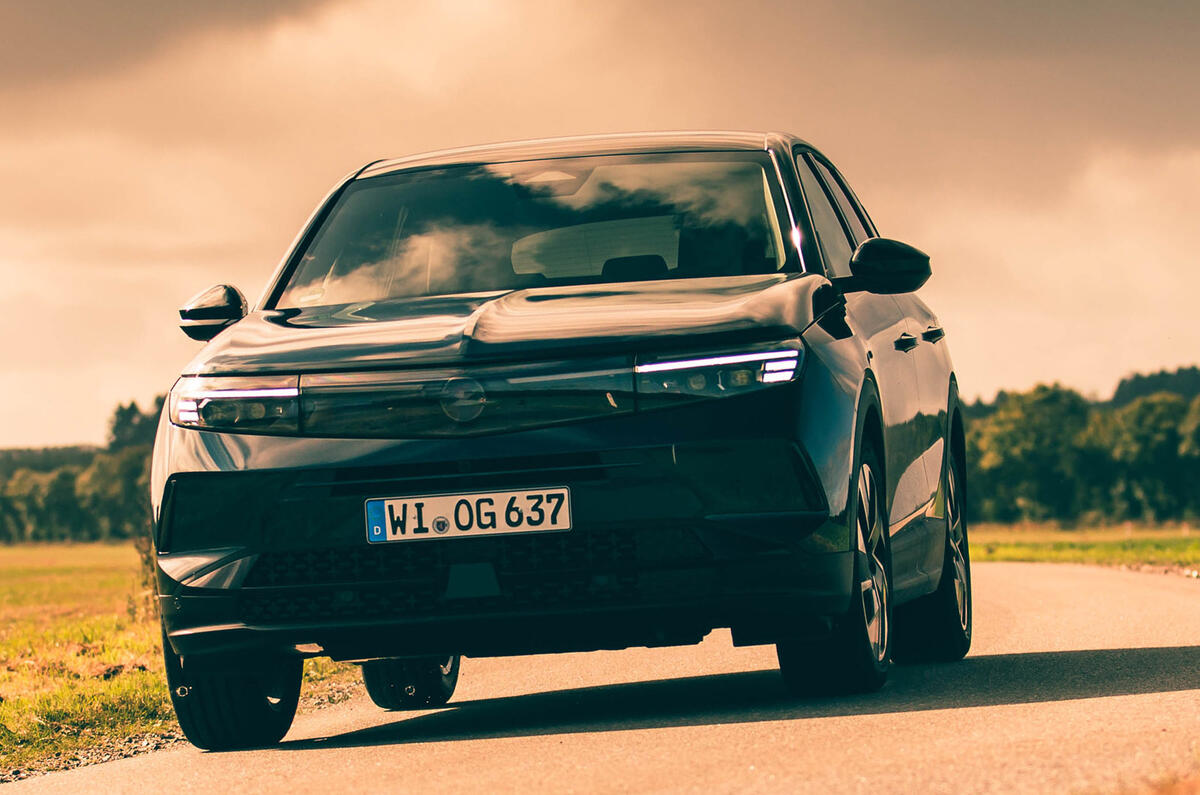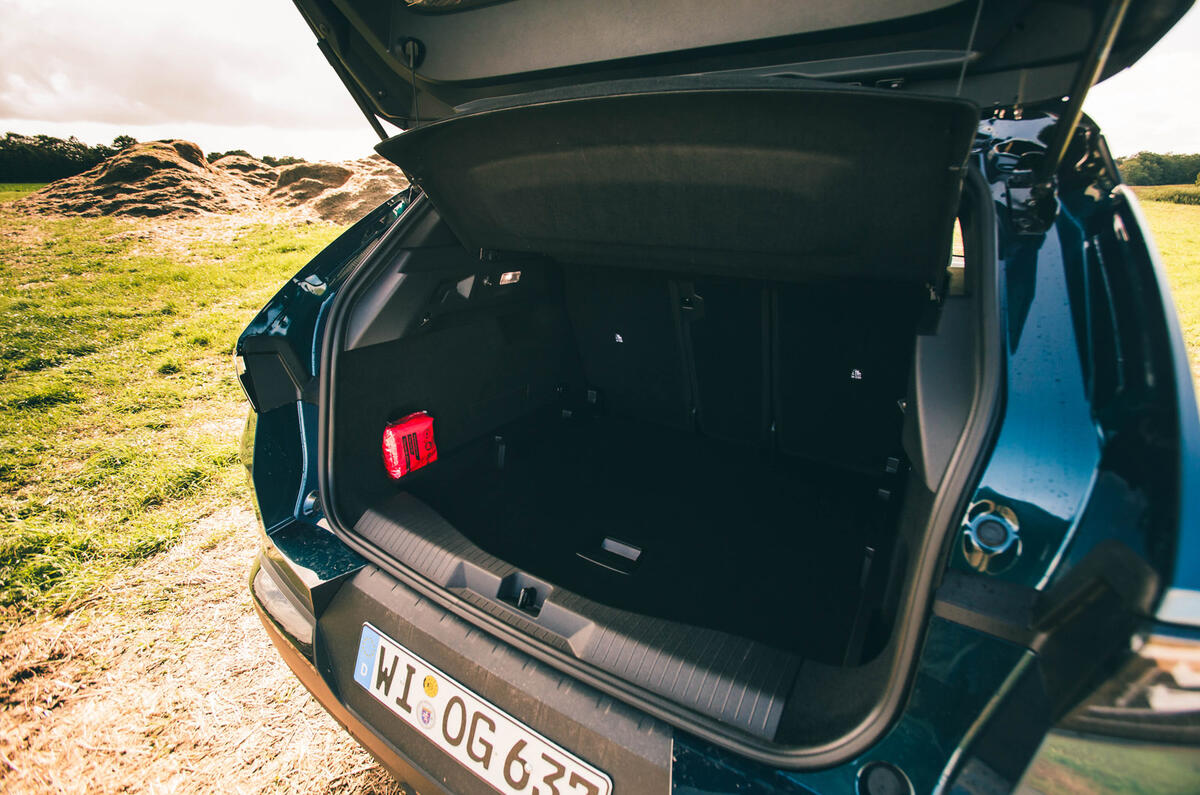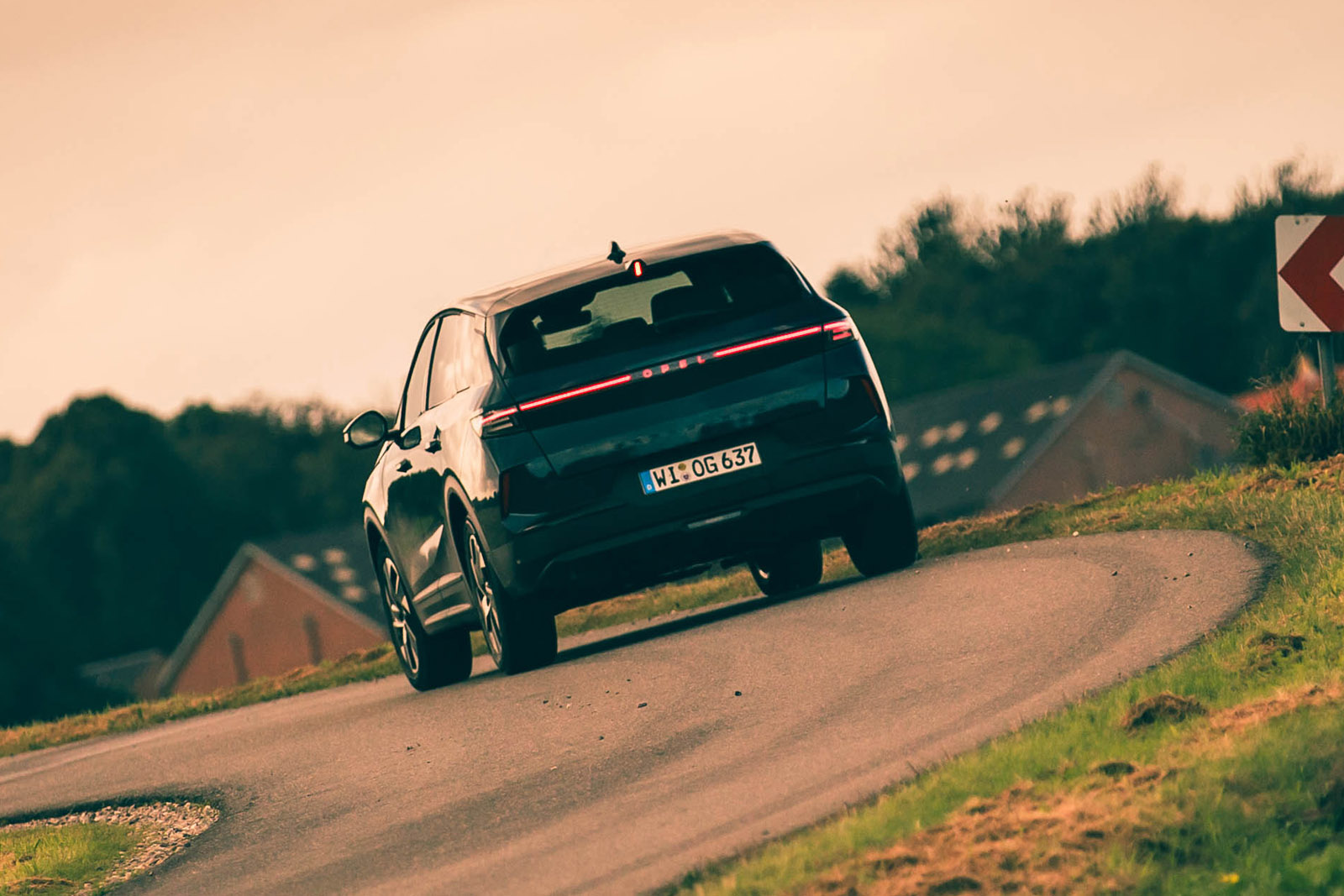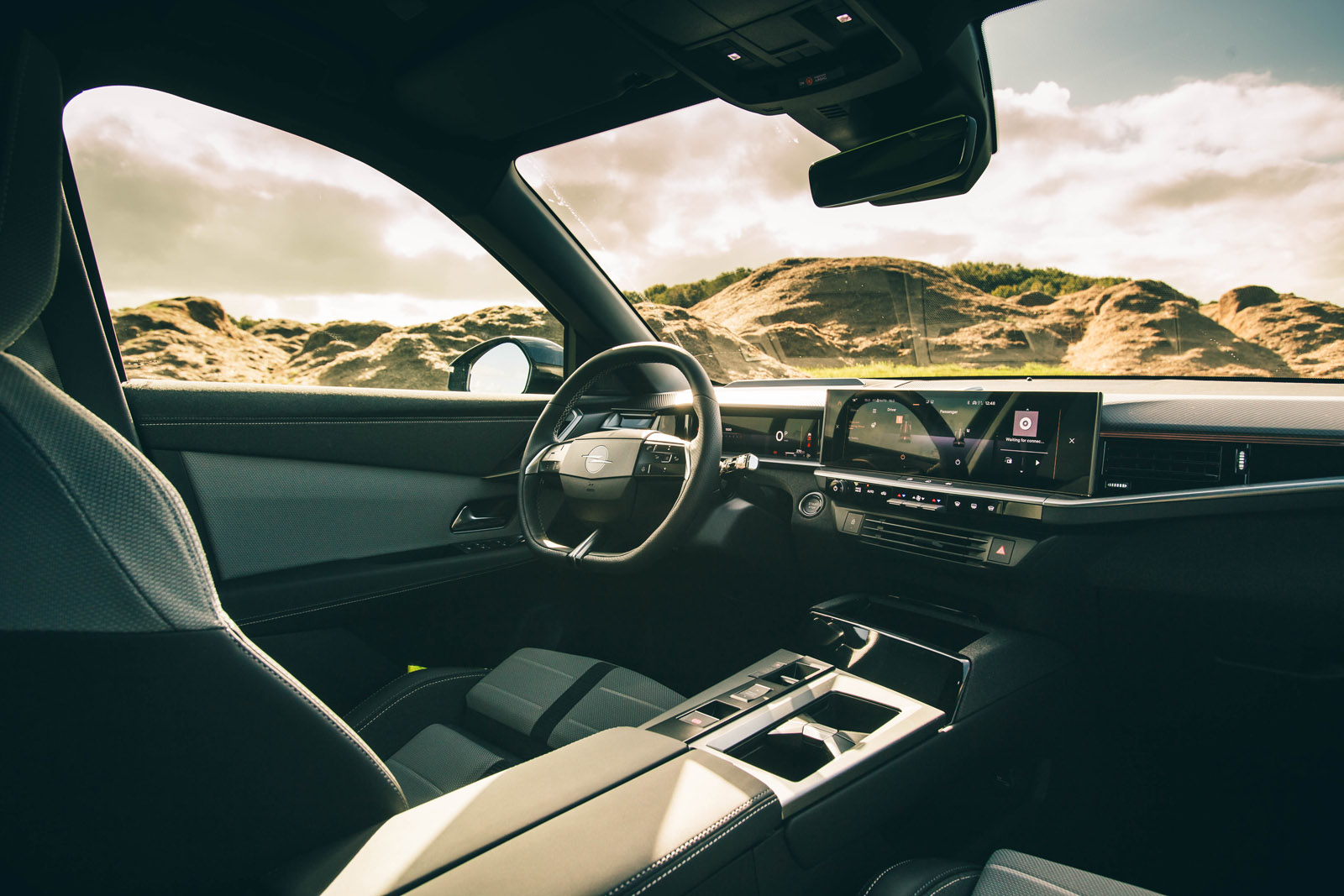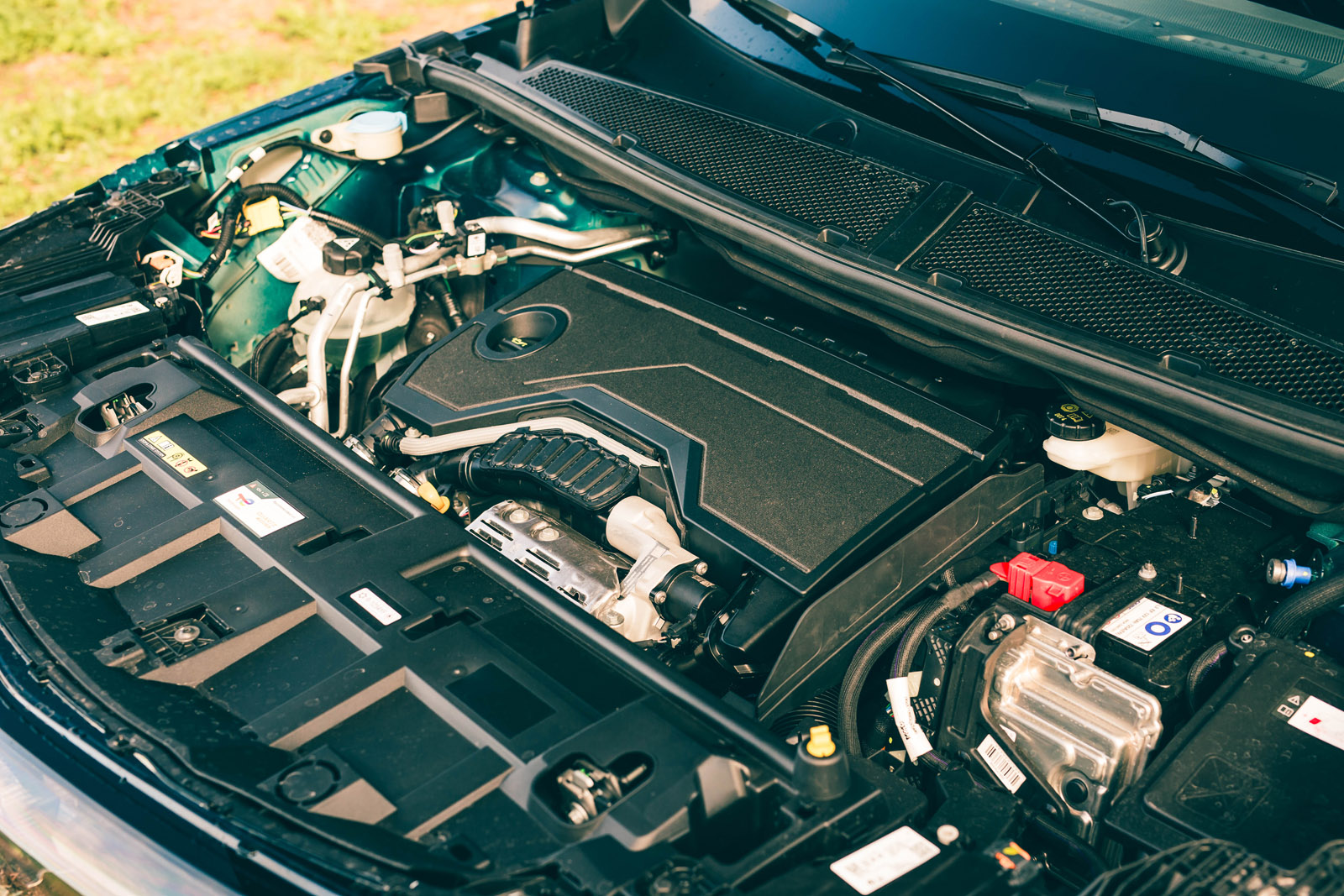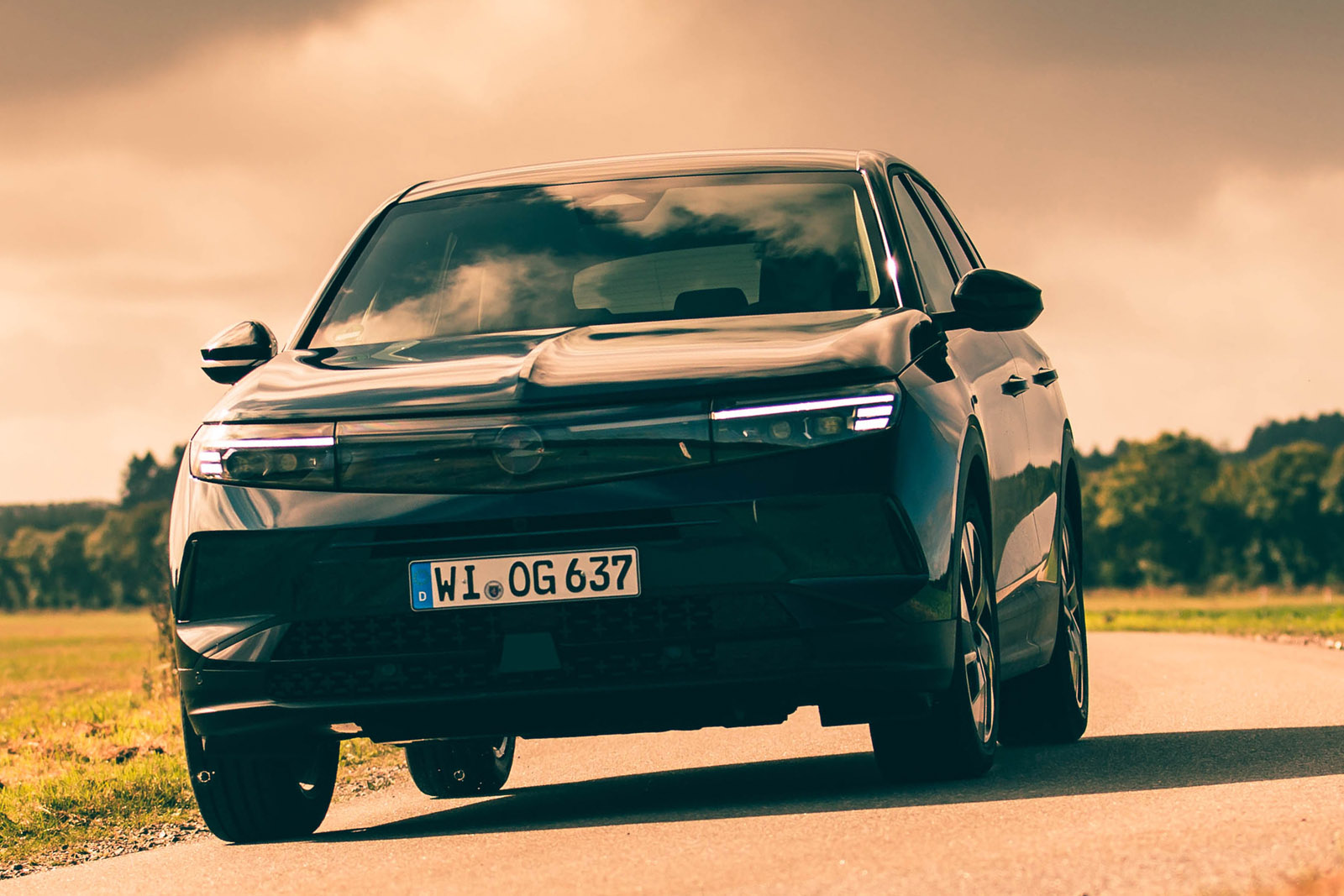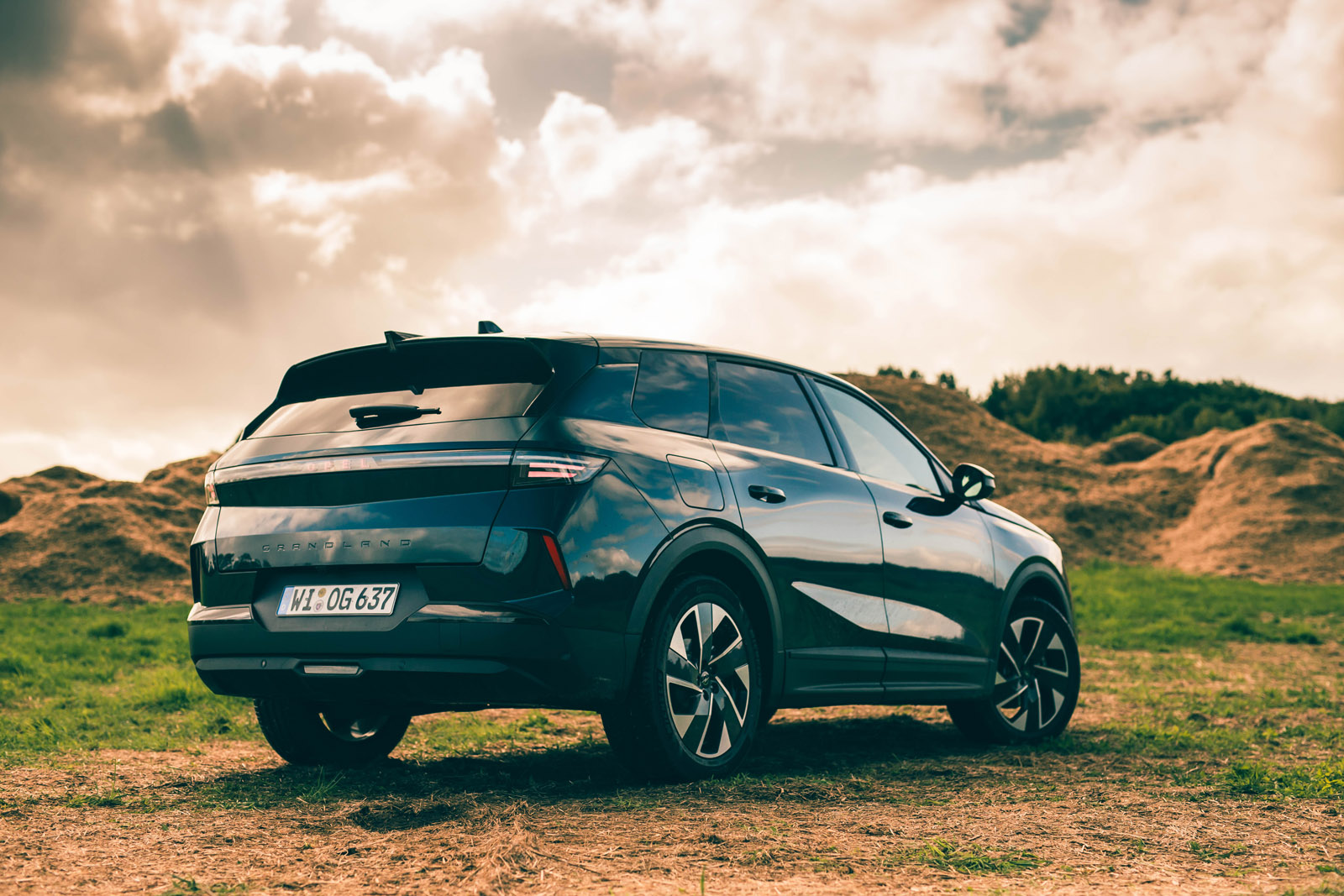Poor Vauxhall Grandland: not only does the new Mk2 need to find a place among its many, many rivals (which include everything from the BMW X1 at the premium end to the MG HS at the budget end and the Kia Sportage in the middle), but it also needs to justify its existence in the expansive Stellantis stable of mechanically similar cars.
In the latter challenge, it does at least have the benefit of being at the front of the queue. The Grandland is only the third model to use the new STLA Medium platform, which was designed from the ground up for EVs and long-range plug-in hybrids as well as petrol and hybrid versions.
The Grandland follows hot on the heels of the Peugeot 3008 and its seven-seat sibling, the 5008, and like those cars, it's being launched as the Grandland EV and as the 134bhp hybrid we’re driving here. A plug-in hybrid with 53 miles of electric range will follow later.



